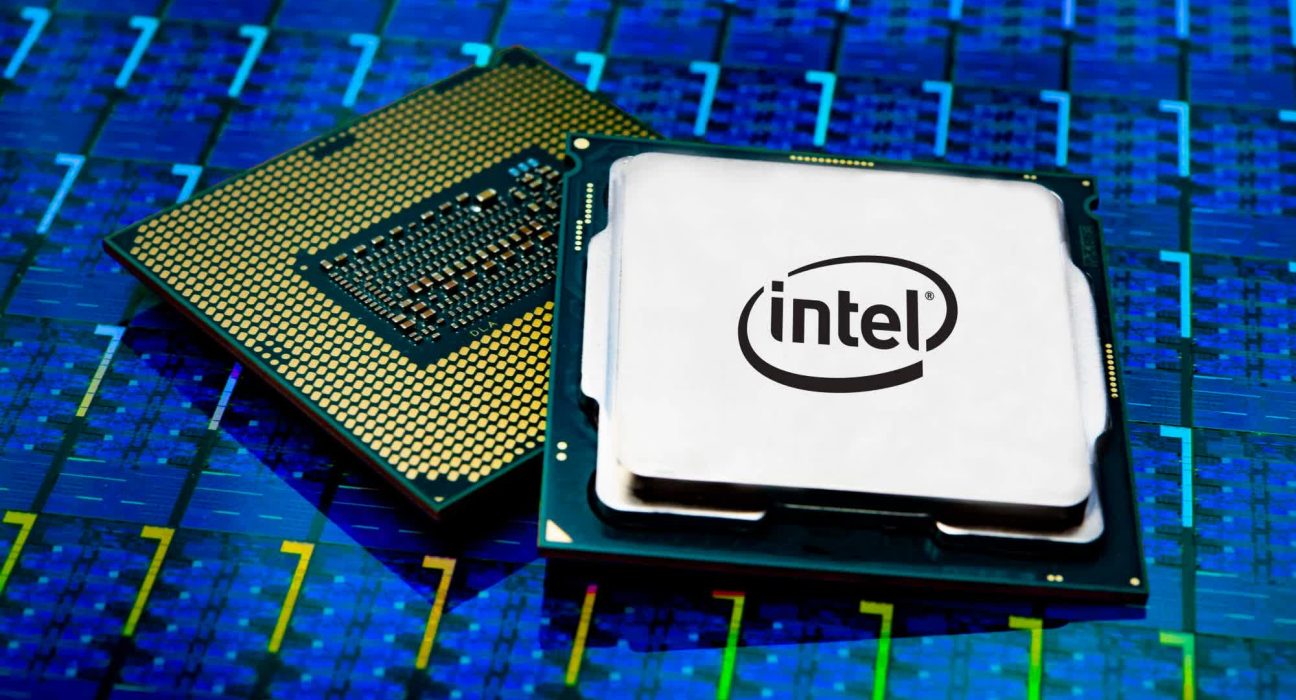The big picture: Intel may have long discontinued its Pentium and Celeron processor lineups, but the company still caters to the entry-level market with the affordable “Intel Processor” series. Last year, Intel launched the Intel Processor 300 dual-core CPU and is now seemingly preparing its successor – the Intel Processor 310.
The new CPU was spotted on Geekbench with two cores and four threads. Both cores are Performance Cores based on the Raptor Cove architecture, but the chip doesn’t have any Efficient Cores, unlike its other Raptor Lake siblings. The rest of the specs are similar to those of the Intel 300, with the only real change being a slightly faster base clock.
According to the Geekbench listing, the Intel 310 has a 4.09 GHz base frequency compared to the 3.90 GHz base clock of the Intel 300. Other notable specs include 6 MB of L3 cache and 2.5 MB of L2 cache, both of which are identical to those of the 300. The listing also reveals that the CPU is designed for the LGA 1700 socket, like the rest of the Raptor Lake lineup.
The Intel 310 was tested on a system based on the Gigabyte H610M K DDR4 motherboard with 8 GB of DDR4-3200 memory in single-channel mode and running Windows 10 Pro. The listing doesn’t reveal the TDP of the new chip, but it could have a 46W power rating, just like the 300.
The Intel 310 scored 2,152 points in the single-core test and 4,254 points in the multi-core benchmark, which is underwhelming for 2024. However, these scores are still significantly better than Intel’s N-series processors like the dual-core N50 and the quad-core N97. In fact, the scores are also higher than those of the four-core, eight-thread Core i3-10100, suggesting that the new processor may not be a complete dud.
The Intel Processor 310 may not look appealing to DIY enthusiasts or hardcore gamers, but it’s not designed for them anyway. It is probably meant for embedded systems that require nothing more than a basic chip without any multi-tasking requirements or high-end 4K editing or 3D modeling workloads. As long as it’s priced sensibly, it could still find a niche in today’s PC market.













